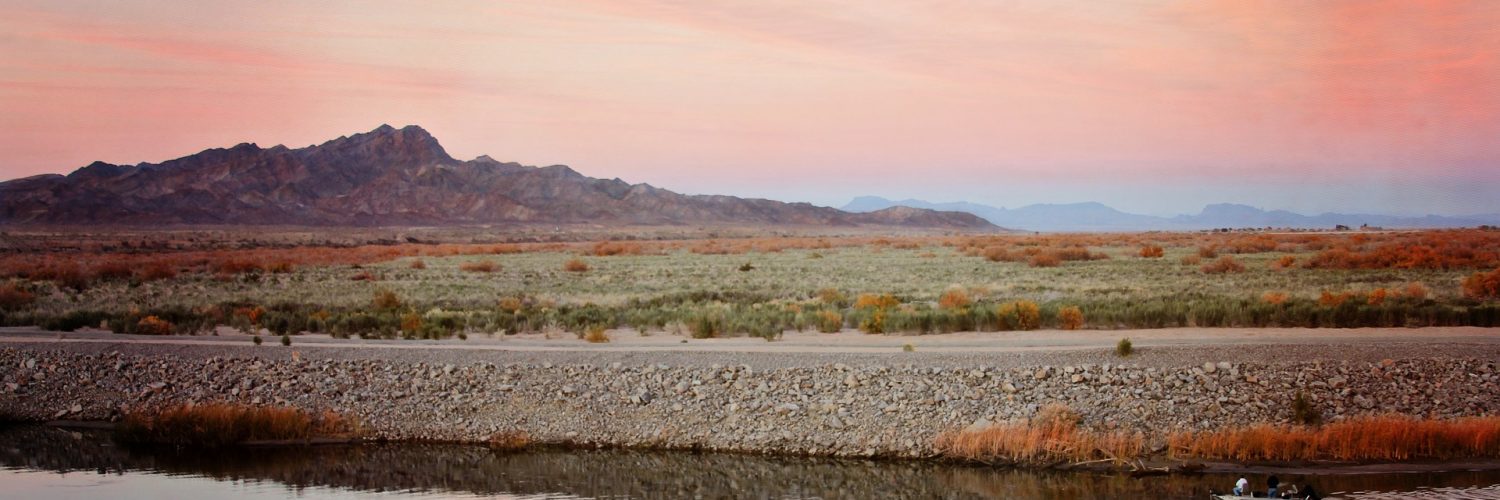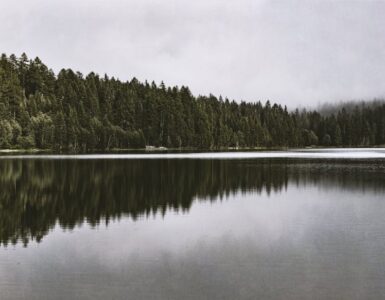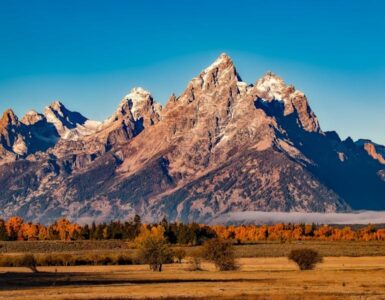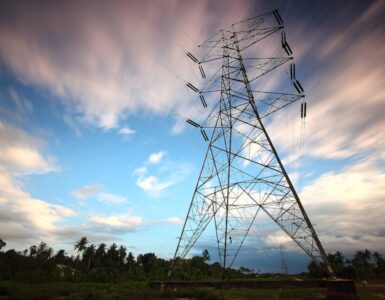A vision to fill in the dusty stretches of the Salt River with teeming development, recreation and wildlife refuges is becoming a reality step by step.
The dream was something two elder Arizona statesmen, U.S. Sen. John McCain and U.S. Rep. Ed Pastor, worked their entire careers to nurture.
Both passed away recently, just months after a historic meeting March 31, 2018 where all the necessary parties – tribes, cities, state and federal agencies, non-profit and business groups – committed in writing to make it happen.
Called Rio Reimagined, the project’s first year was a blockbuster.
In addition to winning a coveted federal urban waters partnership, the Corps of Engineers has agreed to help with several projects. There is broad-based public and private support.
Riverfronts are also bustling with new multi-family residential, corporate and industrial development, particularly in Tempe Town Lake and Mesa.
Residential, hospitality and beautification projects are also moving forward in Goodyear, Buckeye and Avondale.
Suddenly, investors are interested in long ignored “brownfields” along the river, former landfills, mining pits and other areas that have been cleaned up and are suitable for development, said Melissa McCann, Director of the Arizona State University Exchange that is acting as a coordinator for Rio Reimagined as it takes root.
Much of the interest is due to most of the river’s corridor, roughly 70 percent, within federally designated opportunity zones, McCann said. Approved by Congress last year, the Opportunity Zone program is designed to bring capital investment into underserved areas. Investors receive reductions on capital gains taxes.
“Communities are looking for innovative solutions for those sites,” McCann said. “It’s enticing for them to think that investors are interested in brownfield sites along the river that they wouldn’t have considered before.”
Rio Reimagined wins coveted ‘river city’ partnership
Rio Reimagined also just received a highly sought after prize. It is now one of 20 river cities involved in the Environmental Protection Agency’s Urban Waters Federal Partnership.
The Partnership offers many rewards: preference for grants, an ambassador position to coordinate the project for four years, and assistance from 20 federal agencies and 19 nonprofits that support the 19 other urban river systems. Intended to revitalize waterways and promote economic, environmental and social benefits, it also builds on local efforts to stimulate local economies and new jobs.
Arizona’s congressional delegation stepped in to nominate and win this coveted opportunity that will elevate the project’s potential exponentially. Sen. Martha McSally met with Environmental Protection Agency (EPA) Administrator Andrew Wheeler to promote Arizona as an ideal fit for the partnership.
Industry and non-profits help carry dream forward
Many business and nonprofit groups also are involved in supporting and assisting Rio Reimagined. The non-profit Arizona Forward, which brings together business and civic groups to promote environmental sustainability and economic vitality, held its first Sustainability Summit to get a starting framework for the project. More than 200 experts shared ideas and developed recommendations.
“This was an important first step in a major multi-generational project,” Arizona Forward CEO Lori Singleton said after the summit. “When we brought in folks from the San Antonio Riverwalk and the Los Angeles River Revitalization and showed that these types of projects take a long time but have results that last generations, everyone got excited. We recognize this as an incredible opportunity to leave a meaningful legacy for future generations.”
Among the many groups supporting Rio Reimagined are:
Arizona Forward
Valley Partnership
Arizona Audubon
Salt River Project
Greater Phoenix Leadership
Greater Phoenix Economic Council
Lower Gila River Collaborative
Kyl Center for Water Policy
Team Rubicon
Sonoran Institute
WESTMARC
Rio Salado project’s evolution
Rio Reimagined is the next step in the evolution of the original Rio Salado Project started in the 60s by Arizona State University Design School students and staff.
Last year, fueled by the wish of Sen. McCain, eight river communities signed a letter of intent to coordinate to revitalize a 50-mile stretch of the Gila and Salt rivers. The rivers’ path slices through eight communities: the Gila River Indian Community, Phoenix, Mesa, Tempe, Avondale, Buckeye, Goodyear, and the Salt River-Pima Maricopa Indian Community
The project has multiple objectives: public open space, environmental and water quality, housing, transportation, economic development, workforce development, community sustainability and resilience for the future.
To see a map of the river, go to: RioReimagined.org
















Add comment